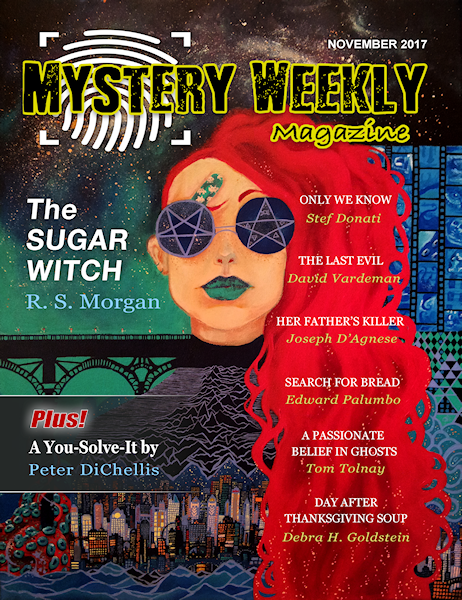How were they affected by the whole thing?
I don’t think either of them put it behind them. It was a major factor in their lives. I think they both felt that they had been unfairly treated by the entire field. [My husband mathematician-physicist] Bob [Rubin] and I used to tell Bob Herman that we really thought they should just forget about it.
The fact that neither one of them were doing a lot of cosmology or astronomy really meant that their work just wasn’t in the forefront of astronomy. One way people learn about what you’re doing is by your continuing to do it. Your current work is always kind of a reference to your past work. But in their case, they both went off and did something very different, so there was no one to bring their early work to the attention of the community except them themselves. It was just an unfortunate circumstance, I guess.
But I think it bothered [and] continues to bother Ralph. I think it bothered Bob [Herman] too. There were constantly books written about the history that they didn’t think was correct, and they continued to write authors to make corrections. That’s probably what they should have done, but it meant it wouldn’t be something they could really put behind them. So I think these things were always continually being in the forefront. It’s been 33, 34 years.
Dr. Alpher says he’s writing a book to set the record straight once and for all.
I suspect that it will be a very bitter book. He and Bob Herman are very, very dear to us and it was a horrible injustice, but I don’t know what you do in such a circumstance. It would have been nice if he had had a happier life. They could have known that they did something very, very valuable and they could have been happy with this. I think perhaps injustices are in the eye of the beholder, unfortunately. But they were still the first people to do it and they did get a wide variety of enormously prestigious awards. Perhaps they could have asked themselves the alternative. It could have not been discovered during their lifetime. Wouldn’t that have maybe been worse? There’s no doubt that they could have been and should have been treated nicer by the community. They really do have a legitimate complaint. But they could have responded a little differently.
I think the truth is that in science, when I was very young a very wise man said to me, “In science most of your satisfactions have to be internal ones.” I think that that in a sense is correct; you have to be happy. They should have been exuberant with the work that they did. It was rediscovered. It was great. They had not gotten the recognition they deserved, but if their personalities had been different they could have been happy with the knowledge of this great thing they had figured out. And they perhaps could have even been treated better by the community if they had not just been so obviously angry.
I think they are remarkable, wonderful people, and they did something that was wonderful. It would have been very nice if that could have been such a joy that they could have embraced the community and which in turn might have embraced them. But none of that happened.
They never forgot it, in ways that I can’t even repeat. But they could tell you who said something a little bit better and who said something a little bit worse. Sentences were examined in a way that I think the poor authors never intended them to be.
Bob [Herman] and Ralph have been very dear friends for a long time. With Bob [Herman] I or my husband have actually said, “Why don’t you, you know, talk him out of going on with this?” It never worked. It really affected them.
I don’t know if the Nobel Prize complicated things. If Penzias and Wilson had not gotten the Nobel Prize… But there too, and now I will say some things that are truly awful but this is how the establishment behaves. Someone has to nominate you for the Nobel Prize.
I didn’t know that.
Yes, yes, yes. [Nobel Prize-winning chemist] Harold Urey used to brag—I knew him and he used to brag that that 11 of the people he’d nominated had gotten Nobel Prizes. If you’re outside the establishment, you stand a much poorer chance of having these good things happen to you. If they really had not left the academic world, things may have been different. I really think there lies the explanation. Their lives might have been very different if they had remained in the academic world.












